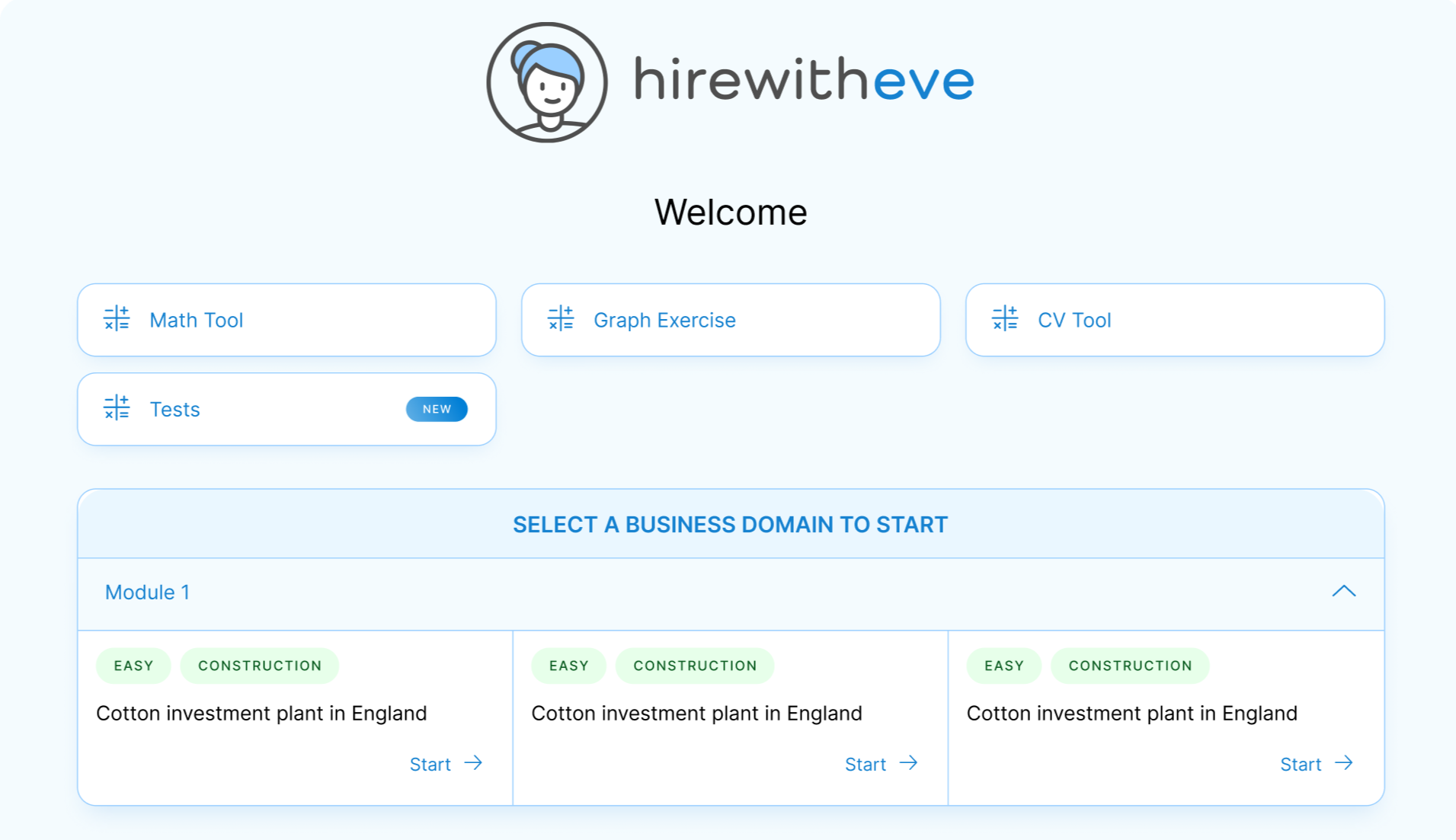Furloughs vs. Layoffs: What Are the Practical and Legal Differences?

In times of financial uncertainty, companies often have to make tough decisions to manage costs and ensure long-term viability. Two common approaches are furloughs and layoffs, both of which involve temporarily or permanently reducing the workforce. However, these two strategies have distinct practical and legal implications for both employers and employees. Understanding the differences between furloughs and layoffs is essential for HR professionals and business leaders to make informed decisions.
In this blog, we’ll explore the key differences between furloughs and layoffs, including their practical impacts on employees and the legal considerations businesses must keep in mind.
Table of contents
What Is a Furlough?
A furlough is a temporary, unpaid leave of absence or a reduction in working hours. In this arrangement, employees remain on the company payroll but are not actively working or receiving their regular pay during the furlough period. Furloughs are typically used as a short-term measure to reduce costs while maintaining the employment relationship with staff.
Key features of a furlough include:
Temporary in nature: Furloughs are meant to be temporary, with employees expected to return to work when business conditions improve.
Unpaid leave or reduced hours: Employees either take unpaid leave or work fewer hours, receiving reduced pay accordingly.
Benefits may continue: In many cases, employees may retain benefits such as health insurance during the furlough period.
Furloughs are commonly used in industries that experience seasonal fluctuations or in response to economic downturns.
What Is a Layoff?
A layoff, on the other hand, is a more permanent form of employment termination. When employees are laid off, they are removed from the company’s payroll and no longer have an active employment relationship with the organization. Layoffs are often used when a company needs to reduce its workforce due to financial challenges, restructuring, or declining business demand.
Key features of a layoff include:
Permanent or long-term separation: Layoffs typically indicate a permanent or long-term end to the employment relationship, though some employees may be rehired if conditions improve.
Severance and benefits: Laid-off employees may receive severance pay and extended benefits, depending on company policy or legal requirements.
Unemployment eligibility: Laid-off employees are generally eligible for unemployment benefits in most jurisdictions.
Layoffs are often a last-resort option for businesses facing sustained financial difficulties or restructuring needs.
Key Practical Differences Between Furloughs and Layoffs
Understanding the practical distinctions between furloughs and layoffs can help businesses decide which option is more suitable given their circumstances.
Duration and Temporary Nature
Furloughs: Typically, furloughs are designed to be temporary. They allow companies to retain employees without paying full salaries, to bring employees back once business conditions improve.
Layoffs: Layoffs are generally permanent or indefinite. Employees who are laid off are no longer on the company payroll, and rehiring is not guaranteed.
Impact on Benefits
Furloughs: In most cases, furloughed employees continue to receive benefits, such as health insurance, even though they are not receiving regular pay. This helps companies retain employees without completely severing ties.
Layoffs: Once laid off, employees generally lose access to company-provided benefits, unless they receive a severance package that extends benefits for a specific period.
Rehiring and Employee Retention
Furloughs: Since furloughs are intended to be temporary, employees remain on the company’s roster, and the company can quickly bring them back when needed. This helps retain talent and reduces the time and cost of rehiring when the business rebounds.
Layoffs: Laid-off employees are removed from the company payroll, and rehiring requires a new employment agreement. This means companies may lose key talent and face higher costs and longer timelines when rehiring.
Employee Morale and Employer Reputation
Furloughs: While furloughs can cause financial strain for employees, they often signal that the company is making efforts to retain staff and bring them back when possible. This can mitigate the negative impact on morale and company reputation.
Layoffs: Layoffs can have a more severe impact on employee morale and the company’s reputation, as they represent a permanent severance of the employment relationship. This can create fear and uncertainty among remaining employees and may affect the company’s image as an employer.
Legal Considerations for Furloughs and Layoffs
Both furloughs and layoffs have important legal considerations that companies must address to ensure compliance with labor laws and avoid legal liabilities.
Employment Law and Worker Protections
Furloughs: Companies must comply with wage and hour laws during furloughs. For example, exempt employees (those who are not eligible for overtime) must generally be furloughed for full weeks to avoid violating federal wage laws. Non-exempt employees may be furloughed with reduced hours, but companies must ensure that they are paid for any work performed during the furlough period.
Layoffs: Employers must follow federal, state, and local regulations when conducting layoffs. For example, the Worker Adjustment and Retraining Notification (WARN) Act in the U.S. requires companies with 100 or more employees to provide at least 60 days’ notice before mass layoffs. Failure to comply with such regulations can lead to legal repercussions.
Severance and Benefits Obligations
Furloughs: Furloughed employees generally do not receive severance pay since their employment is not terminated. However, companies should review their obligations regarding continued benefits, such as health insurance coverage, to ensure compliance with local laws and employment contracts.
Layoffs: Laid-off employees may be entitled to severance pay, depending on the company’s policies or collective bargaining agreements. Employers must also provide information about unemployment benefits and COBRA (Consolidated Omnibus Budget Reconciliation Act) coverage, which allows employees to continue their health insurance for a limited period.
Unemployment Benefits Eligibility
Furloughs: Depending on local laws, furloughed employees may be eligible for partial unemployment benefits during the period they are not working or receiving reduced pay. Employers should guide employees on how to apply for these benefits if applicable.
Layoffs: Laid-off employees are generally eligible for full unemployment benefits. Companies are typically required to provide documentation to assist employees in accessing these benefits.
How HirewithEve.ai Can Help Manage Workforce Adjustments
Managing workforce adjustments like furloughs or layoffs can be a complex process, but HirewithEve.ai offers tools to help you navigate these challenges efficiently and compliantly.
With HirewithEve.ai, you can:
Automate workforce planning: Use AI-driven tools to project staffing needs, helping you decide whether furloughs, layoffs, or other adjustments are necessary.
Track employee benefits and severance packages: Ensure compliance with employment laws and benefit obligations during furloughs and layoffs.
Engage remaining employees: Use employee engagement features to communicate with your workforce, boost morale, and maintain transparency during workforce changes.
By leveraging HirewithEve.ai, you can minimize disruptions, remain compliant with legal requirements, and manage workforce changes with ease.
Conclusion
Furloughs and layoffs are both viable options for managing workforce reductions, but they have distinct practical and legal implications. Furloughs offer a temporary solution that allows businesses to retain employees and maintain benefits, while layoffs involve permanent or long-term separation, often with severance and unemployment benefits. Understanding these differences is crucial for making informed decisions that benefit both the company and employees.
For a streamlined approach to workforce adjustments, consider using HirewithEve.ai to manage furloughs, layoffs, and employee engagement. Visit HirewithEve.ai today to learn how our AI-powered platform can help you navigate workforce changes effectively.
Target Your Talent
Unlock tailored solutions for your recruitment and hiring needs with Eve Platform's extensive case study library.
Subscribe now to enhance your HR expertise and excel in your role.
Free Resources

Transforming Hiring: 7 Key Recruiting Metrics
Enhancing recruitment processes with data-driven insights for better hiring outcomes.

Reducing Hiring Bias with Hirewitheve.
Utilizing Hirewitheve to combat bias and streamline recruitment processes effectively.

Hiring Detail-Oriented Candidates
HirewithEve enhances hiring by accurately assessing candidate's attention to detail-oriented.








